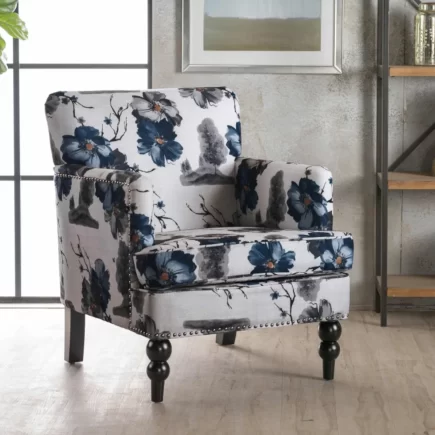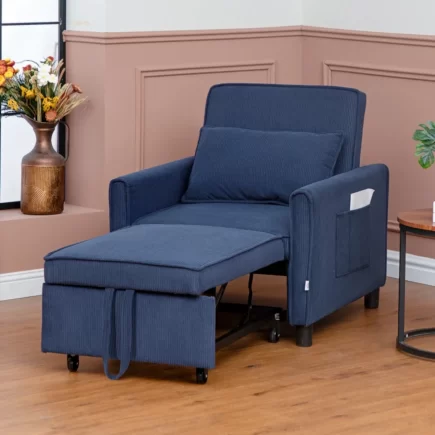Moving a wardrobe from one room to another might not seem as challenging as transporting it to a new home, but it still requires careful planning and attention to detail. Whether you’re reorganizing your space, upgrading a room’s layout, or simply want to shift furniture for a fresh look, knowing the best way to move a wardrobe ensures that the process goes smoothly.

In this article, we’ll cover the steps you need to take to safely move a wardrobe from one room to another, avoiding damage to the furniture and your home.
Preparation Before Moving
Empty the Wardrobe
Before attempting to move the wardrobe, it’s essential to remove all items inside. The extra weight from clothing, shoes, and accessories not only makes the wardrobe harder to carry but can also cause damage to your belongings during transport. Emptying the wardrobe makes the move smoother and reduces the chance of any surprises.
Measure the Pathway
Moving a large piece of furniture like a wardrobe requires careful planning. Before you start, measure the dimensions of the wardrobe and the available space in your hallway, doorways, and the new room. Check for tight corners or obstacles that could make the move difficult.
Protect the Wardrobe and Surroundings
Wrap the Wardrobe
To prevent scratches, dents, or scuffs on the surface of your wardrobe, it’s essential to wrap it with protective materials. Moving blankets, furniture covers, or even large towels are ideal for wrapping around your wardrobe.

Protect Your Floors and Walls
Your home’s floors and walls are just as susceptible to damage during a move. To prevent scratches or scuff marks, lay down moving pads, cardboard, or even old blankets on the floor where the wardrobe will be moved. Don’t forget to cover door frames or walls that the wardrobe may come into contact with.
Plan the Pathway
Clear the Area
Before moving the wardrobe, ensure the path from the current location to the new room is clear. Remove smaller furniture, rugs, or any items that might obstruct the path. The fewer obstacles, the easier it will be to maneuver the wardrobe.
Remove Wardrobe Doors if Needed
Sometimes, doorways may be narrow or difficult to navigate with a large wardrobe. In such cases, removing the wardrobe’s doors or even the room doors can make it easier to move the wardrobe through tight spaces.
Moving the Wardrobe
Use Lifting Assistance
- Wardrobes are heavy, and lifting them alone can strain your body. Always ask at least one other person to help you lift the wardrobe.
- Make sure both of you bend your knees and keep your backs straight while lifting to avoid injury. This technique ensures that the weight is evenly distributed and prevents unnecessary strain on your spine.
Use a Dolly or Moving Cart
- If available, use a dolly or moving cart to make the process easier. This tool helps you roll the wardrobe instead of carrying it.
- Choose a dolly with a wide base to ensure stability. The wide base keeps the wardrobe balanced while moving, preventing it from tipping over.

Use Furniture Sliders or Carpet/Rug
- If you don’t have a dolly, you can use furniture sliders. These go under the legs of the wardrobe and allow it to glide smoothly across the floor.
- Alternatively, you can place a carpet or rug beneath the wardrobe. This reduces the friction between the wardrobe and the floor, making it easier to slide and minimizing the risk of damage to both the furniture and the floor.
Leverage Heavy Duty Lifting Straps
- Heavy-duty lifting straps help distribute the weight of the wardrobe evenly. These straps go around the wardrobe and give you better control over the load, making it easier to lift.
- Using these straps reduces the strain on your arms and back, allowing you to lift heavier furniture without putting excessive pressure on your body.
Maneuver Through Narrow Spaces
- Moving a wardrobe through narrow hallways, doorways, or corners requires careful maneuvering. If necessary, tilt or rotate the wardrobe to fit through tight spaces.
- Take your time and avoid rushing, as fast movements can lead to accidental damage to the wardrobe or your home’s walls and door frames. Make sure to adjust the position of the wardrobe slowly and cautiously to avoid any scratches or dents.
Reposition and Place the Wardrobe in the New Room
Once the wardrobe is safely moved into the new room, take a moment to reposition it. Make sure you place it in the exact spot you want, considering both the aesthetics and the functionality of the room.
Once the wardrobe is in place, double-check its stability. Make sure it’s standing firm without tilting or wobbling. If needed, use furniture stabilizers or adjust the legs to ensure it remains stable.
Tip: If your wardrobe has adjustable legs or feet, make sure they’re properly aligned and tightened to prevent wobbling.

Reassemble and Organize the Interior
If you’ve removed any parts such as shelves, drawers, or doors, now is the time to reassemble the wardrobe. Follow the instructions or use the same tools that you used earlier to securely attach these components.
After that, it’s time to organize your wardrobe. Start by sorting through your clothes, and group them by type or season. Take your time to arrange everything neatly, ensuring you maximize the available space inside. Consider adding dividers or organizers to keep things tidy and make sure items are easy to access.

Smooth and Safe Wardrobe Relocation
Moving a Wardrobe from one room to another doesn’t have to be a daunting task. By following these straightforward steps, you can ensure the process goes smoothly, avoiding damage to your furniture, floors, and walls. From proper preparation and protection to using the right equipment and assistance, you can safely move your wardrobe and reposition it with ease.
FAQs
1. What should I do if my wardrobe wobbles after relocating it?
Uneven floors are often the culprit. Adjust the wardrobe’s legs or add small furniture pads under the feet until it sits level and stable. This prevents long-term strain on the frame.
2. What should I do if the wardrobe’s surface gets scratched during the move?
If your wardrobe gets scratched, you can touch up the surface with wood filler or paint, depending on the material. For deep scratches, consult a professional to repair and restore the finish for a more polished look.
3. How can I move a wardrobe upstairs without damaging the staircase?
When moving upstairs, use lifting straps and keep the wardrobe tilted slightly backward for balance. Protect stair edges with blankets or cardboard to avoid scratches, and always have at least two people coordinating the move.
4. Can I move a wardrobe on carpet without damaging the fibers?
Dragging directly on carpet can cause pulls and dents. Use furniture sliders specifically made for carpeted floors or place a hardboard sheet under the wardrobe so it glides smoothly.





























